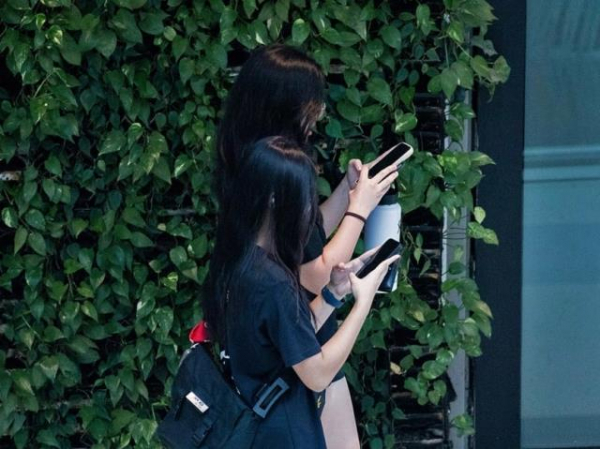Generation Txt: Unraveling the Preference for Texting Over Calls Among Youth

Phone Anxiety: Unraveling the Texting Trend Among Digital Natives
In today's digital age, the thought of making a phone call can evoke a range of emotions, from mild apprehension to full-blown anxiety. Take 26-year-old Nivani Elangovan, for example. Before dialing a number, she meticulously plans out the conversation, jotting down notes and mentally preparing herself for any possible outcomes. "I hate phone calls... because I’m a lot more anxious about things that are uncertain. I like having structure and being as prepared as I can," she confides.
Nivani's sentiments are echoed by many of her peers, particularly among the digitally native generation who have grown up with technology at their fingertips. A recent survey in Australia revealed that only one in ten Gen Zers prefer phone calls for communicating with family and friends, with nearly half admitting that speaking over the phone induces anxiety. This aversion to phone calls is not a new phenomenon; even millennials have been gravitating towards texting since as early as 2009.
Research from the Pew Research Centre underscores this shift in communication preferences. In 2011, American teens were sending and receiving an average of 60 text messages per day, compared to just 50 in 2009. Meanwhile, the percentage of teens making phone calls dwindled significantly during the same period.
In Singapore, a diverse group of youths aged 35 and under unanimously agree that texting reigns supreme as the primary mode of communication. While a few still prefer traditional phone calls, the convenience and comfort of texting outweigh any nostalgia for verbal conversations.
As technology continues to evolve, so too do our communication habits. For many digital natives, texting provides a sense of control and familiarity in an increasingly fast-paced world, making it the preferred choice for staying connected.
In conclusion, the shift towards texting as the preferred mode of communication among youths reflects not only technological advancements but also deeper societal changes. The rise of phone anxiety, particularly among digital natives like Nivani Elangovan, underscores a growing preference for structured and controlled forms of interaction. As texting becomes increasingly ingrained in our daily lives, it offers a sense of familiarity and convenience that traditional phone calls may lack. While some may lament the decline of verbal communication, it's clear that texting has become a cornerstone of modern interpersonal connections. As we navigate an ever-evolving digital landscape, understanding and embracing these communication trends is essential for fostering meaningful connections across generations.


